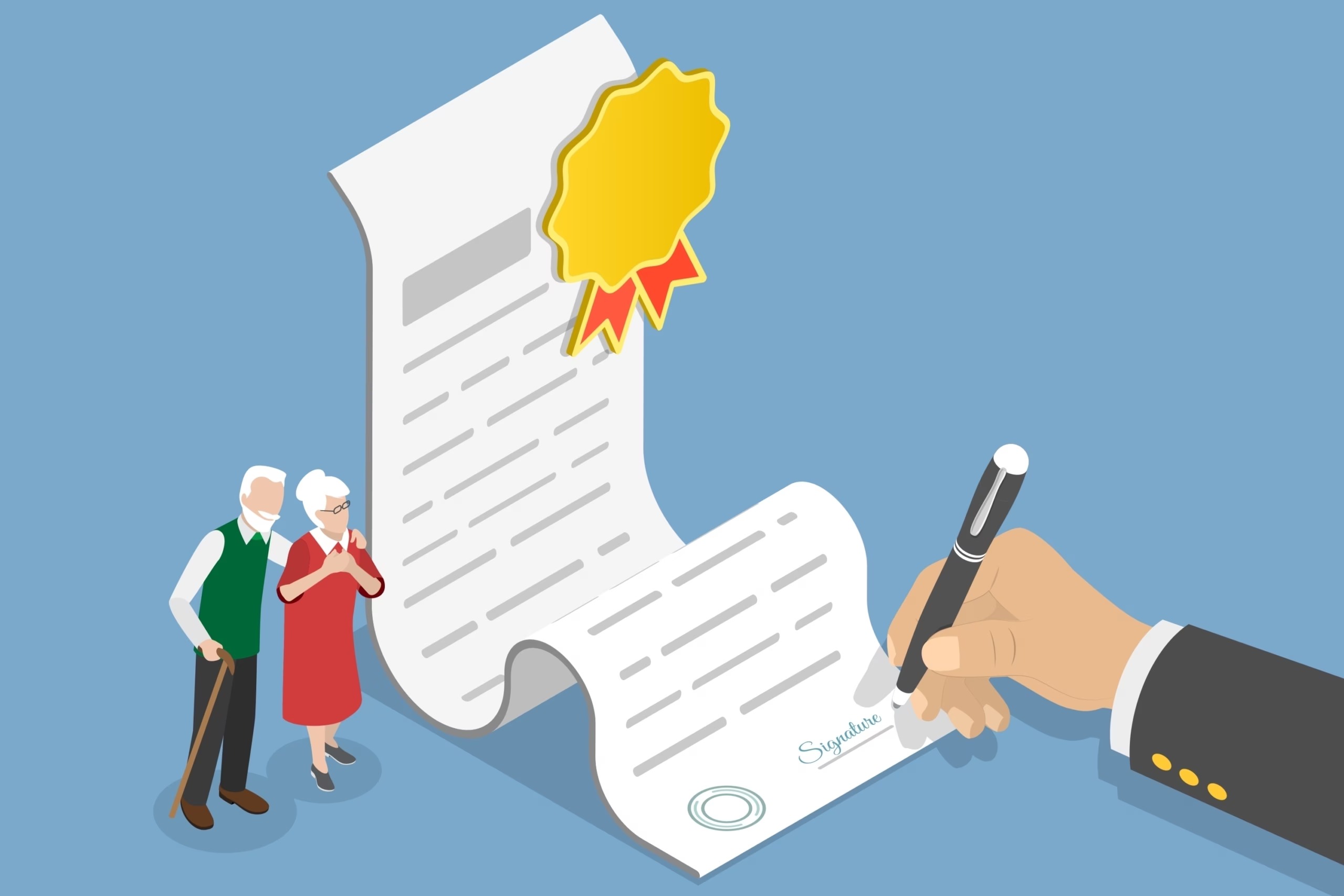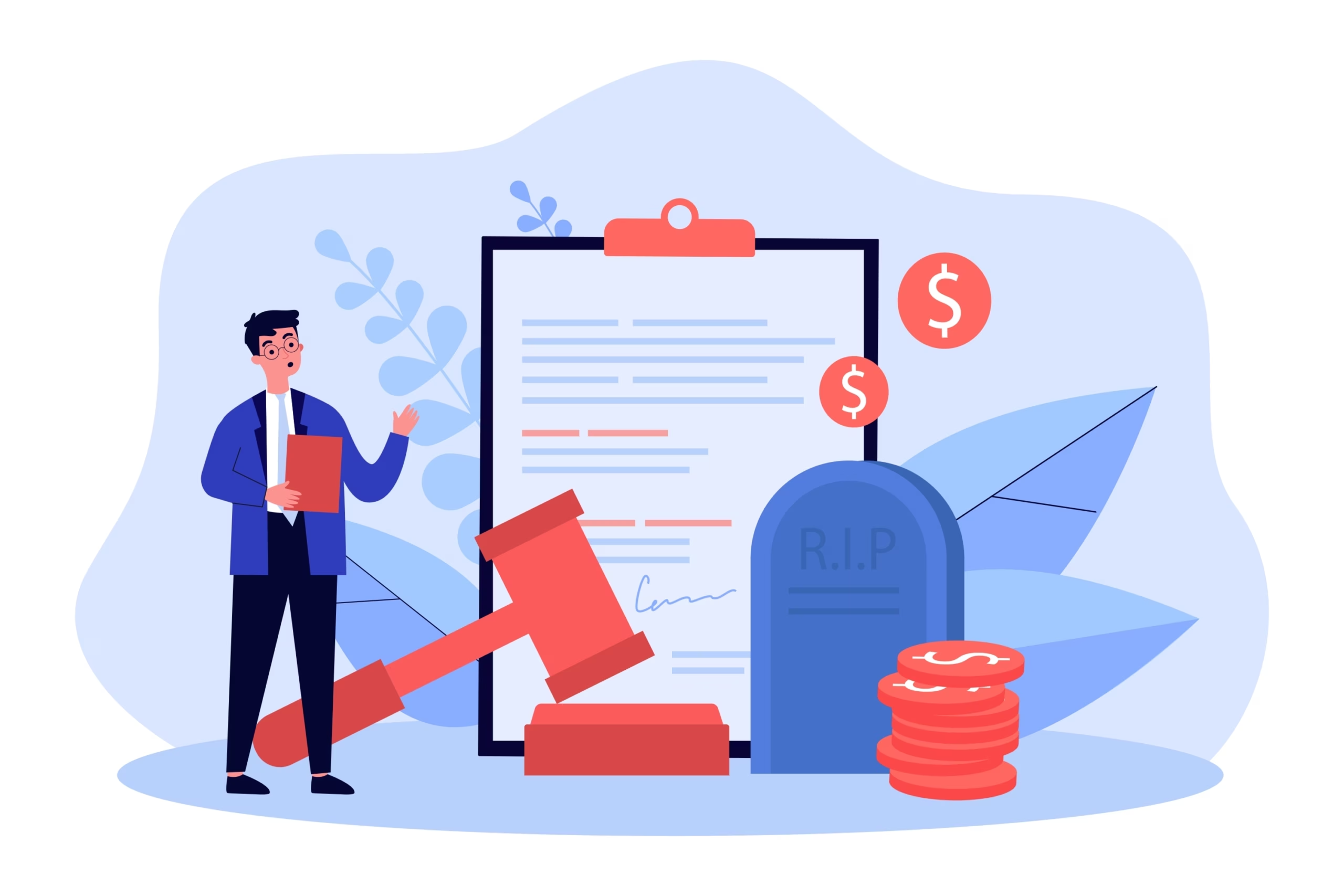Intellectual Property (IP) rights are there to protect you, your company, your brand and your image. IP rights and intangible assets can account for up to 80% of a company’s value[1] yet we don’t seem to value these rights highly enough to protect them properly. IP infringements should be taken seriously by businesses; however, many don’t do anything about those attacking their company and of those that do, many do not act fast enough to protect their brand and customer loyalty. Understanding the remedies available for infringement, and pursuing the one that applies best to your circumstances is key to protecting your brand and organisation’s value.
Brief definition of IP
IP includes
- Patents that protect products and inventions,
- Designs that define style and product image,
- Trademarks that are distinctive and unique to a brand and
- Copyright that protects creative work.
The length of IP protection
The length of time IP rights are protected varies internationally. In the UK, the following time periods apply:
- Trademarks – 10 years and can be renewed for a further ten years;
- Patent protection – 20 years, but four years after filing it must be renewed annually;
- Design rights – 25 years for registered designs provided it is renewed every five years
- Copyright – gains automatic protection (written, dramatic, musical and artistic works is protected for 70 years after an author’s death; sound and music recordings are protected for 70 years after first publication
Civil law remedies available for IP infringements
This article covers civil law IP disputes and infringements. It is worth noting, however, that an infringement of a registered trademark or a copyright can also carry criminal law penalties.
If your IP rights have been infringed, the civil law remedial options available include:
- An injunction – the court can make an order prohibiting a person or organisation from doing certain things which infringe on the rights of the IP owner.
- Damages – the plaintiff can seek an award of damages which will put them back, as far as practicable in the position they would have been in if there had been no infringement.
- Account of profits – this remedy is designed to deprive the infringer of any profits made by the IP infringement and transfer those profits to the claimant.
- Return of (delivery up/destruction) of infringing items – although there is no automatic entitlement for the infringer to return or destroy the infringing items, the court can order them to do so.
- Tracing orders – An infringer can be ordered to provide details of where they got the infringing goods from. This ensures the IP owner has the ability to deal with the source of the infringement, which may come from abroad.
Interim injunctions
In some IP infringement cases, there is too much to risk, in terms of reputational and brand damage and loss of potential revenue, to allow the continuation of an IP infringement whilst the matter is litigated. Action is required immediately.
To achieve this, ask your solicitor to apply to the court for an interim injunction. If granted, an interim injunction can prevent the infringing party from carrying out certain acts during the course of the litigation.
The court will weigh up carefully whether it is ‘just and convenient’ to award an interim injunction.
Although over 40 years old, American Cyanamid Co v Ethicom Ltd [1975] AC 396, still provides the most authoritative guidance on the principles the court will consider when asked to grant an interim injunction. The applicant must prove, on the balance of probabilities, that:
- there is a serious question to be tried
- damages at trial will not be an adequate remedy, and
- the balance of convenience is in favour of granting the injunction
Certain factors present in a case may improve the chances of an interim injunction being granted. For example, an interim injunction is often granted in trade mark and passing off cases, simply because the granting of the remedy usually ends the claim.
A note on costs
IP claims are notoriously expensive to litigate. Therefore, an experienced solicitor will make every attempt to settle the matter via alternative dispute resolution. In addition, in 2010 the Patents County Court for England and Wales (PCC) (subsequently renamed the Intellectual Property Enterprise Court (IPEC), introduced several reforms to widen access to justice for SMEs involved in IP infringement matters. These included:
- The introduction of a scale of recoverable costs, capped at £50, (recoverable costs are capped at £500,000 in the Intellectual property Enterprise Court)
- Limiting the time needed for hearings to one or two days in order to reduce costs
- The creation of a Small Claims Track for copyright, trade mark and unregistered design cases under a value of £10,000 for which costs orders are rare and if awarded, are to a much lesser degree.
Your solicitor will be able to provide practical advice on how to bring a claim for IP infringements and work towards obtaining a settlement as swiftly as possible.
Prevention is better than the cure
Protection of IP assets starts long before an infringement occurs. Organisations with approved patents, or with approval pending are considered more valuable. Increasingly, especially in the tech sector, the filing of patents is crucial to securing ongoing funding required for growth.
Enterprises need to practice due diligence to understand which IP assets they currently have and which are being created; IP assets driving increased valuation require adequate and robust protection.
By ensuring your IP is adequately protected, infringements can often be dealt with more efficiently and cost-effectively.
Saracens Solicitors is a multi-service law firm based opposite Marble Arch on the North side of Hyde Park in London. We have years of experience in advising businesses and individuals on IP infringements and protecting IP assets. For more information, please call our office on 020 3588 3500.
Do you have any comments to make on this article? Please feel free to add them in the section below
[1] http://home.bi.no/fgl99011/Bok2215/IK-artikkel-3.pdf
Table of content
Recent Posts
UK Housing Market – 2025 Update
Buying your first home in the UK is not a [...]
Can You Put Digital Assets In A Trust? – How To Protect Your Digital Estate
In an era where our lives are increasingly played out [...]
Securing Legal Immigration Status After 20 Years in the UK
Gaining lawful immigration status after spending two decades in [...]








